Caribbean Colombia’s raw beauty
CABO DE LA VELA (COLOMBIA) — As I swam lazily through the blessedly cool waters of the Caribbean Sea, a pelican metres away from me soared to a height, and then in a flash, folded its wings and dove into the water.
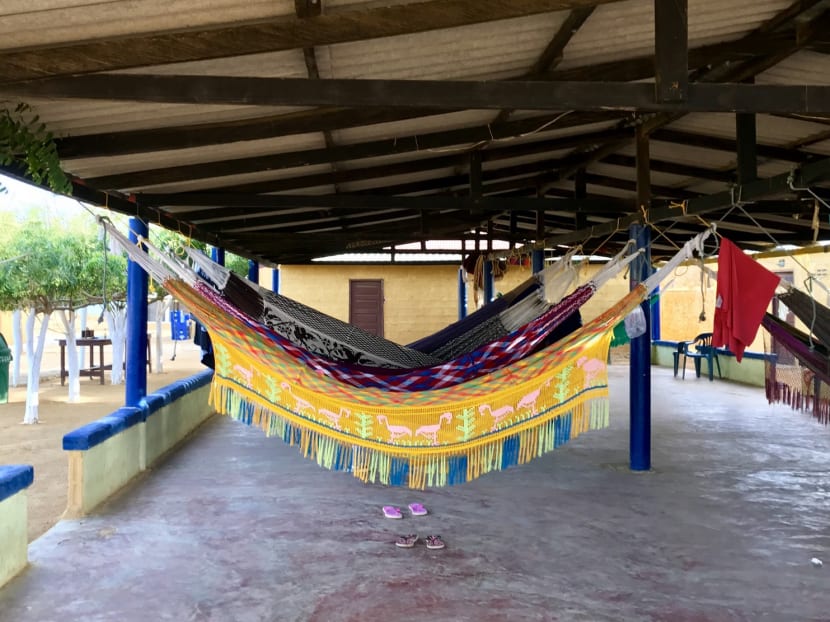
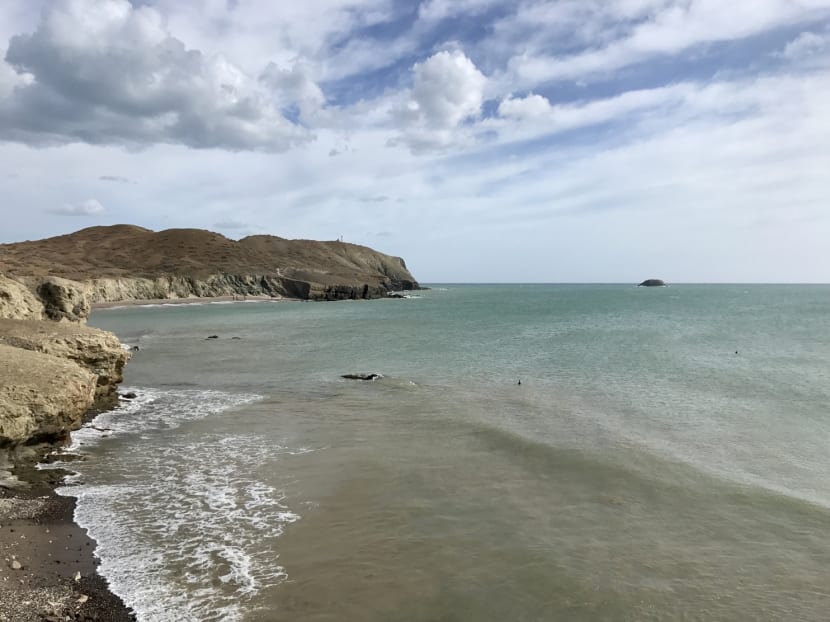
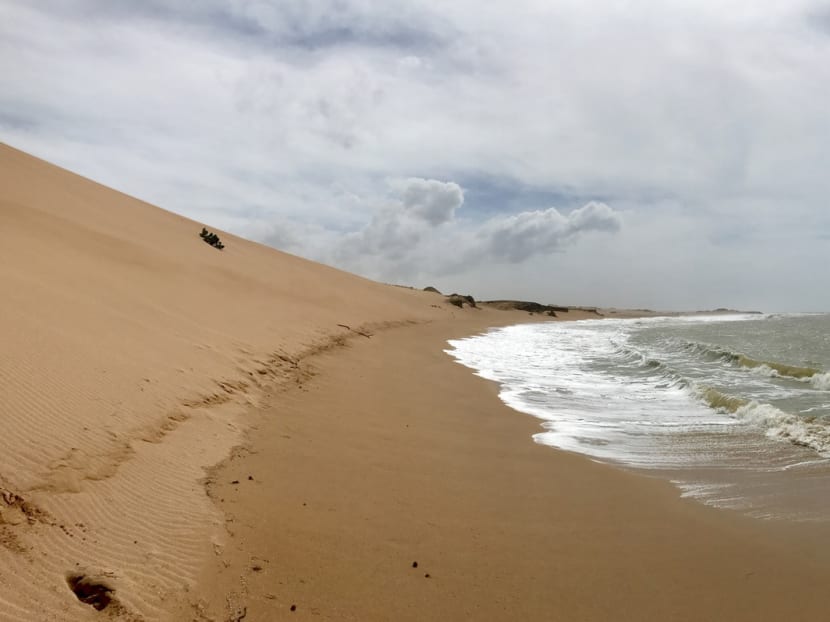
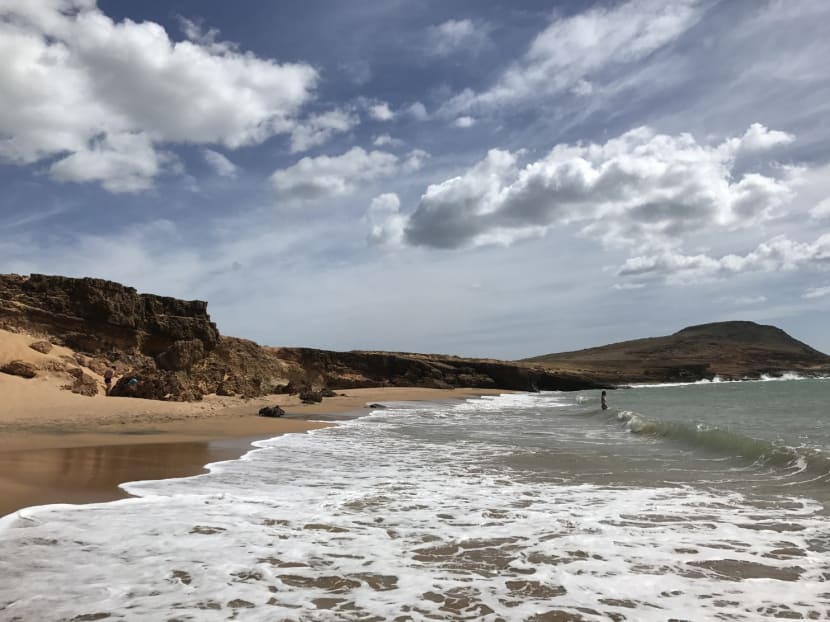
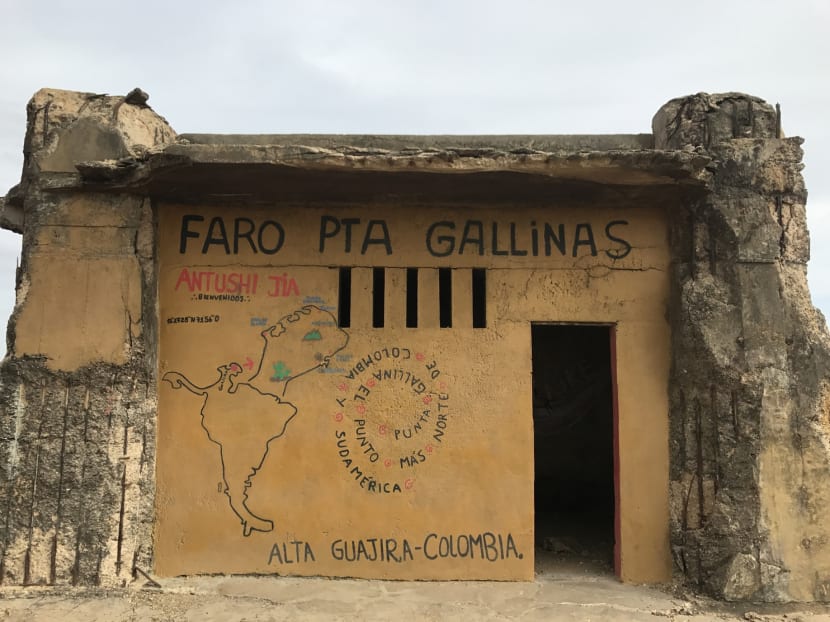
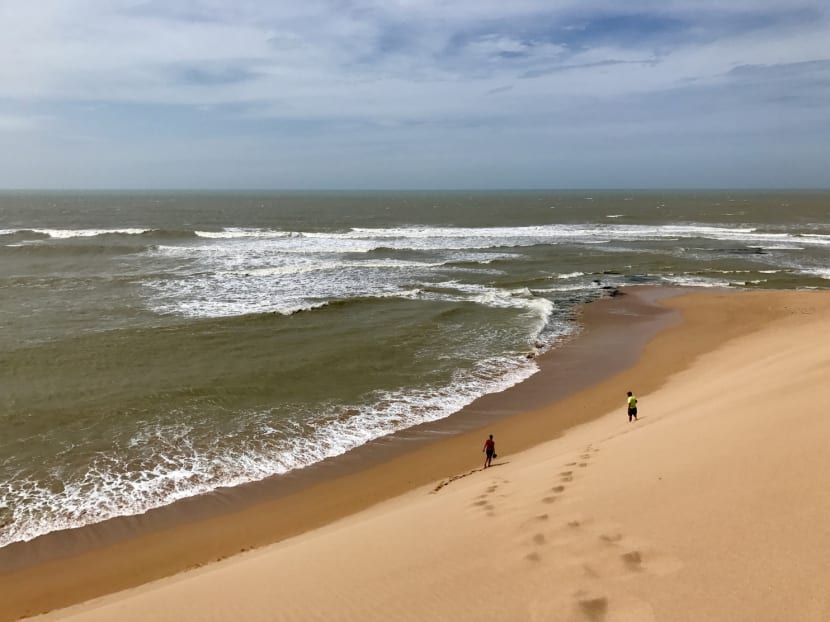
CABO DE LA VELA (COLOMBIA) — As I swam lazily through the blessedly cool waters of the Caribbean Sea, a pelican metres away from me soared to a height, and then in a flash, folded its wings and dove into the water.
Cabo de la Vela, or the “Cape of Sails”, in the remote reaches of Colombia’s La Guajira region, felt like paradise.
Although La Guajira is a desert region, it has been drawing a growing stream of visitors in recent years.
In photographs, Cabo de la Vela, as well as Punta Gallinas, the northernmost point of the South American continent, are, well, pretty as a picture. The waters range from a delicate green, the colour of young jade, to vivid turquoise and azure. The sand is a burnished gold, rising to towering dunes that end on the crashing surf, forming an otherworldly landscape. Cliffs are carved into dramatic shapes by the pounding seas.
In reality, the beguiling beauty comes with a sharp edge, beginning with the stunningly strong winds that make the area a haven for kite surfers. As you clamber up Pilon de Azucar for sweeping views of Cabo de la Vela, the howling wind threatens to knock you off your feet — and perhaps off the side of the hill.
And there is no averting your eyes from the harshness of life for the people who live here, namely the Wayuu, who arrived here in 150 AD, and have held on to their land since, fending off unwanted attention from the English, the Dutch and the Spanish.
A drought spanning years, a large coal mine sucking up water resources and a dam project reportedly stalled by corruption has drastically reduced water supply in the region, and children have died from malnutrition as crops withered.
The rocky, bone-jolting ride to Cabo de la Vela and Punta Gallinas is punctuated by “roadblocks” set up by local children. With makeshift barriers built using sticks, rope, rags and discarded plastic bottles, the children keep them lowered until they receive a meagre gift in return, such as a few packets of biscuits, or sweets, as if playing a game.
BEYOND BUMPY ROADS
Getting to Cabo de la Vela and Punta Gallinas is often described as challenging, but the routes are well-established, and all it requires is patience and the willingness to sit through very bumpy rides for hours. It also requires a tolerance for incredibly hot weather — the kind that can kill you — and basic accommodation (hammocks strung up under a shelter, just enough running water to get clean-ish), and a whipping wind that feels like a living thing.
But in return, you are transported into a world that could well serve as the setting for a new planet in a Star Wars movie. The landscape is vast and arid, punctuated by cacti and other scrubby plants that have somehow thrived. Goats huddle under makeshift shelters and low trees for shade. The endless expanse of ochre is broken only by glimpses of the odd lake, while flashes of cerulean blue signal the presence of the sea.
In Cabo de la Vela, Playa de Pilon is a gorgeous crescent of burnt-orange sand on the fringe of waters that change swiftly from luminous green to blue and infinite shades in between, depending on the light. The swells are big enough to make swimming a thrill, but the waters are still calm enough for one for relax and splash around to cool off from the blazing heat.
And then there are the pelicans perfecting their missile impersonation metres away from you, a real-life nature documentary unfolding right before your eyes.
From the top of the Pilon de Azucar, the nearby 100m-high hill, the Caribbean Sea in all its dazzling aqua glory stretches to the horizon, while craggy cliffs hug the shore. Sitting atop the hill in the beating wind, the wild beauty of the place washes over you, and it is impossible to be anywhere but in the present.
The drive to Punta Gallinas is even bumpier — how the drivers find their way amid the dirt tracks, I will never know — and the jolting ride befits the destination, which has a wilder feel than Cabo de la Vela.
The sand dunes of Taroa — the size of four-storey buildings — drop into the crashing sea below, which breaks on the shore in several different directions. The foaming water seems to seethe as it swirls in the blistering heat. The winds are relentless and you feel like you are caught in an underwater current. You marvel that the Wayuu have made their home in such a seemingly inhospitable place, but you also start to understand the magnetic pull of a landscape this magnificent.
Bahia Hondita, in contrast, feels like a zone of tranquility — craggy, rusty-orange cliffs surround a bay of blue-green water, in the middle of which a flock of bright pink flamingos dwells. Unlike Cabo de la Vela, beachfront bars have not penetrated Punta Gallinas, and nights by the bay are quiet, the sky enormous and strewn with glittering stars.
It might have begun as a simple quest for paradise — finding somewhere beautiful off the beaten path — but a visit to this region of La Guajira can be transformative in more ways than one. Its beauty is awe-inspiring, but its not-so-pretty reality, too, plays a poignant role. You return more aware of the difference your tourist dollars can make to people’s lives, and the importance of using them well.
With tourism entering the region, locals could stand to benefit from increased awareness of their plight while the economy could thrive, provided development is carried out sustainably.
Unfortunately this is never a given anywhere in the world, but those who come to experience the unique beauty of the place can help by not being part of the problem.
things to remember
You will need to bring your own water — two litres a day is the suggested average. While water can be bought there, it is more expensive and not always available.
Buy fresh fruits as well as packets of water — water is sold in little single-serve packets here — to give away during the drive. Colouring pencils and books also make good gifts for the kids you encounter.
Take all your trash with you. Given the transport challenges, it is difficult for trash — even those in bins — to be disposed of properly.
Some tour operators donate a portion of their rates to Wayuu communities — do research and choose wisely.
The woven bags (called mochilas) made by the Wayuu are unique and make beautiful gifts — buying them in Cabo de la Vela or in Riohacha from the makers themselves is a nice way to support local trade.
GETTING THERE
Both Cabo de la Vela and Punta Gallinas now welcome visitors on a regular basis and routes by public transport are well established, as are tours that depart from Riohacha, a small coastal city and a good springboard into the region.
Travelling via public transport is reportedly cheaper, provided your Spanish is up to the haggling required to enjoy the lowest price possible.
Since my Spanish is limited to greeting and thanking people, I opted for a tour — which, aside from getting you to the two destinations, also drives you to the places of interest in both places, saving you the additional effort and cost of hiring drivers when you arrive. Group tours cost around 480,000 Colombian pesos (S$220) per person, including food and board.
If you opt to travel by public transport, the journey typically begins in Riohacha, where your hostel can arrange for a ride to Uribia, often called the Wayuu capital and the last big town before entering less inhabited regions, which takes about an hour.
In Uribia, you can be dropped off where a bunch of 4x4 trucks gathers and waits to fill up with passengers before leaving for Cabo de la Vela — this can take anything between 45 minutes and three hours. The journey may not be comfortable, but it only takes a couple of hours.
From Cabo de la Vela, getting to Punta Gallinas is a matter of asking the folks at your accommodation to organise transport for you, and letting them know how many nights you wish to stay. The standard rate is 150,000 Colombian pesos for the round trip.





